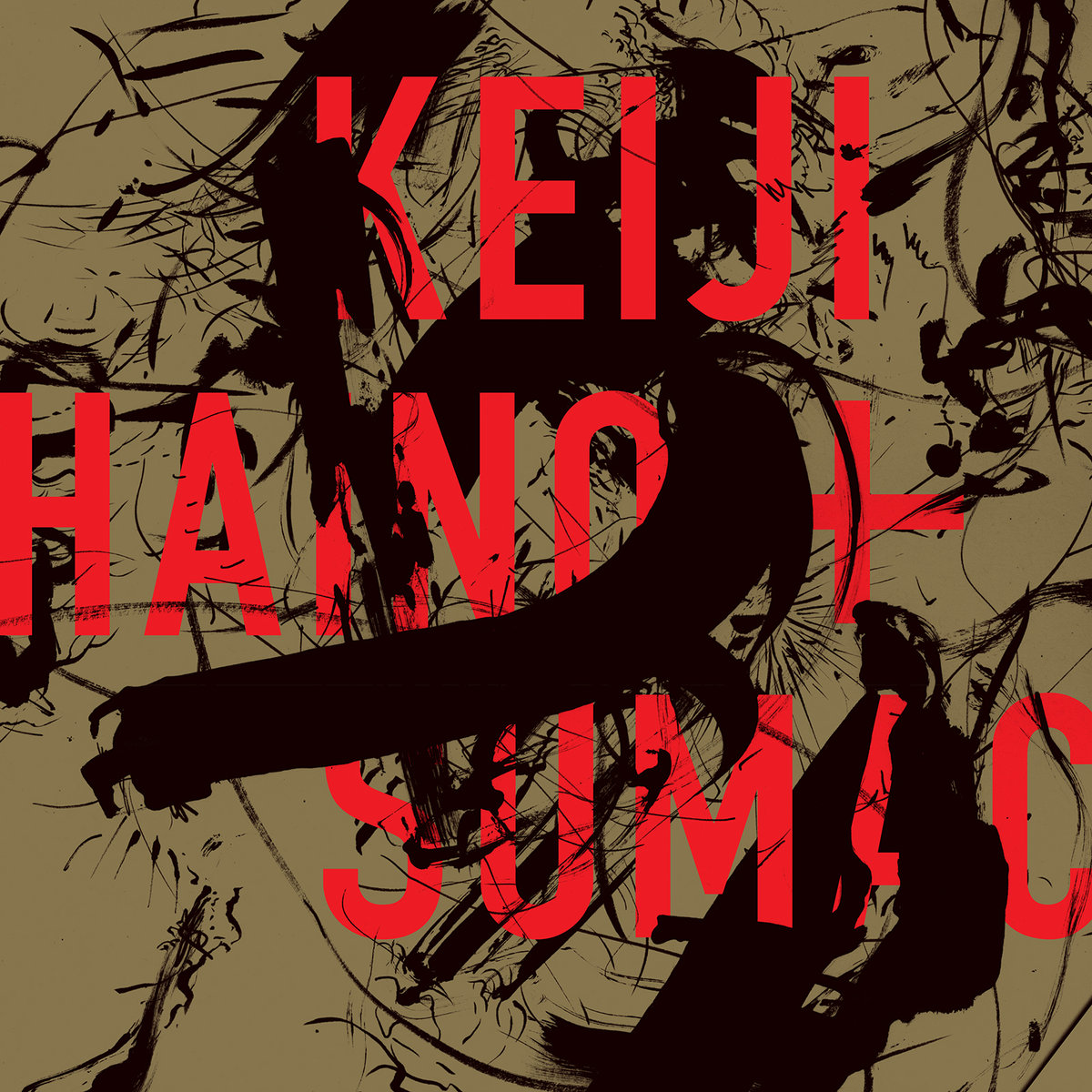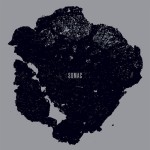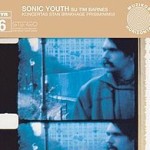Keiji Haino and Sumac : American Dollar Bill

There is never a shortage of new music from Keiji Haino. Like his Japanese contemporary Merzbow, an artist with whom Haino has collaborated in the past, there seems to be a motive of constant labor and exploration in his work. While his output doesn’t quite match that of the mad noise maestro, he has seen extended periods of his career where he released at least three records a year, all with different groups. Haino started as a rock musician but quickly transitioned into the avant-garde jazz and improvisational/free music worlds, worlds in which there are fewer groups and more temporary assemblages of musicians, as anarchic yet invisibly tied together as the music they play. Haino’s collaboration sheet reads like a checklist of avant-garde music luminaries: Japanese avant-prog legends Ruins, equally legendary Japanese avant-metal group Boris, the aforementioned Merzbow, free jazz sax player Peter Brotzmann of Machine Gun fame, avant-garde/jazz/hip-hop wunderkind Bill Laswell, Jim O’Rourke, Stephen O’Malley, John Zorn, Yamantaka Eye, Fred Frith, Oren Ambarchi and more.
It is in this spirit that he debuts a new record, this time with North American metal band Sumac. The record and this review are credited so heavily toward Haino because of his modus operandi; collaborations with him are very rarely relevant to the work of the original artist, and have very little tie to other works of Haino’s either. Instead, he functions as a brief improvisational band leader, pushing performers that he surrounds himself with far out of their comfort zones, editing and splicing together performances to create something new and worthy of release in their wake. In this instance, his working material are the three members of Sumac: Aaron Turner, Nick Yacyshyn and Brian Cook.
To any other group of metal musicians, working with a Japanese free music and avant-jazz legend such as Haino as bandleader for a record of guided improvisations would seem strange. Not so for Sumac. Cook previously cut his teeth in prog-indebted heavy music groups such as Botch, These Arms Are Snakes and Russian Circles while Turner has a vast swatch of bands from Old Man Gloom to Mamiffer to House of Low Culture to of course his now-legendary progressive/post-metal group ISIS, including a similar collective music writing/performing record with Aerogramme for the In the Fishtank series. On paper, it is only Yacyshyn whose adeptness at this kind of freer heavy jazz music comes as a surprise, but a surprise that’s lessened for anyone that’s tracked his development from Baptists to Sumac’s previous material.
All three of these players have oodles of technical ability, a fine ear for mood and timbre over showboating, and have demonstrated both the ability to lead and to fall back into ensemble. ISIS and Sumac especially are built on this dynamic, with Sumac being a much looser and shaggier iteration of the same fundamental ideas behind ISIS. In this light, the collaboration is less of a surprise. Choosing to make this record follow their much freer and more expressive second record also tracks. The composition and playing on American Dollar Bill feel like a proper development of Sumac in the wake of What One Becomes, pushing themselves to their absolute fragmentary limit.
The cuts on the record do little to differentiate themselves from one another, but with music like this, one would be a fool to expect them to. Despite being played in rock instrumentation, this plays closer to a jazz or an ambient record, tuned more to mood and texture than to more mundane songwriting focuses like tunefulness or hooks. There is a rage here, one underscored by the title of the record, rage at a world in disorder and seemingly closer to collapse than ever before. It’s not just Trump, either; Japan’s prime minister Shinzo Abe is at least as tyrannical and wicked as America’s fascist-in-chief, and to a musician like Haino that can’t be a pleasure. Together, Haino and Sumac summon a punk/metal-jazz flurry, something closer to what Zorn wanted from his Naked City and Painkiller ensembles than, say, Lounge Lizards or Exivious. These tracks featured the same merciless and mercenary bloodlust of early No Wave like Sonic Youth on a bad acid trip or, well, Diamanda Galas on a regular day.
The record is split into three songs and five tracks. The first track is a 20-minute whirlwind while the second song is split into bookends surrounding the curiously-sequenced third song, which is itself split in two between the bookends of the second track. Perhaps this was so sequencing on vinyl releases would be identical to digital and CD; who knows? Interesting factoid, and one that couldn’t have been missed by the group: The second song’s title is so long that it can’t be downloaded directly to a folder, instead requiring some finagling to trim the length of its title before it can be extracted and listened to. It’s a subtle thing, but this level of intentional aggravation compliments the record, makes it as approachable-but-thorny as something like this should be. Jazz, punk, metal and improvisational music of this sort should not be made too approachable, lest it lose its power; there was a lot of bad to GG Allin, but the general theme of “keep it dangerous” and the ecstasy of contained and directed violence in art is an important one for any music on this liminal edge.
The sounds on this record deliberately defy easy description. Things mellow a bit on the third track, offering space and ambiance in the traditional sense, a creeping sense of unease and disgust after the violent onslaught of the opening salvo and the first ten-ish minutes of the second song. This relatively tender track is titled, fittingly, “I’m Over 137% A Love Junkie And Still It’s Not Enough”; a fair enough name to carry out a knowingly-futile sonic search for some sort of panacea to alleviate the intensifying scalding rage one feels in the world. It’s inevitable, then, that this search fails and that the final 15 minutes are another infernal blast of loosely threaded abrasive ambiance before being cut (mercifully?) out of nowhere.
Haino and Sumac come together to deliver a violent and answerless record. A year into Trump and, frankly, several years into the wider troubles of the modern world, this feels fair; optimism is running thing, viable options are running out, and things seem to only get worse. There is a time for art of inspiration and art of hope, and there is a time for art of aimless fury. Perhaps this was the great punk everyone was saying we were supposed to get?
Similar Albums:
 Sumac – What One Becomes
Sumac – What One Becomes
 Sonic Youth – Koncertas Stan Brakhage Prisiminimui
Sonic Youth – Koncertas Stan Brakhage Prisiminimui
 Boris and Merzbow – Gensho
Boris and Merzbow – Gensho
Langdon Hickman is listening to progressive rock and death metal. He currently resides in Virginia with his partner and their two pets.

